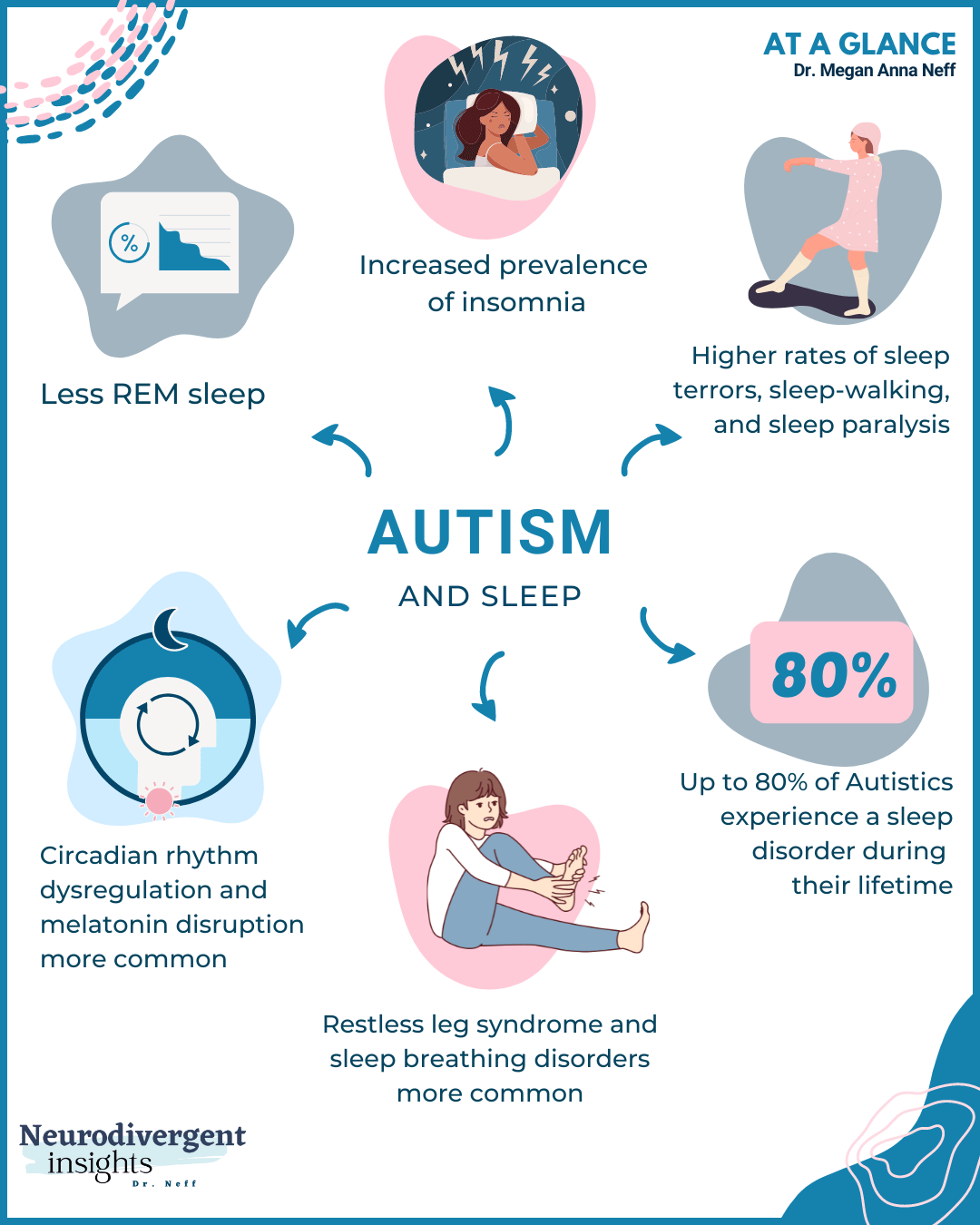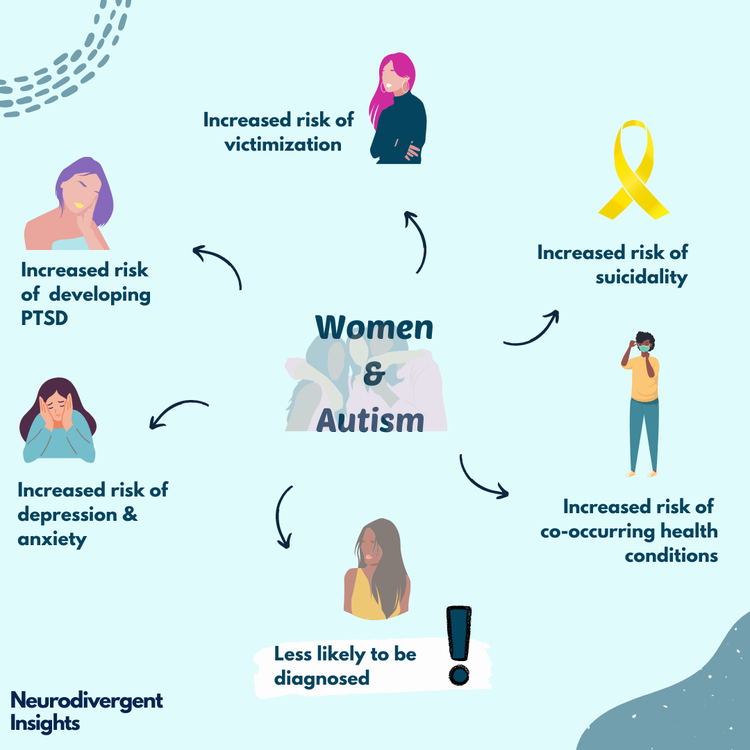Just How to Interact Effectively with Liked Ones on the Autism Spectrum
Discovering Autism: Approaches for Effective Communication and Interaction
Effective communication and communication with people on the autism range require a thorough understanding of their one-of-a-kind demands and preferences. Methods such as using clear language, utilizing aesthetic assistances, and promoting constant regimens can significantly boost engagement and decrease anxiety. Additionally, identifying the value of non-verbal cues and shared rate of interests leads the means for purposeful links. The details of these techniques reveal additional factors to consider that merit expedition, especially in how they can be adjusted to diverse contexts and specific experiences. What might these adaptations appear like in method?
Understanding Autism Range Disorder
Autism Spectrum Problem (ASD) incorporates a range of neurodevelopmental problems identified by difficulties in social communication, interaction, and repeated actions. The term "spectrum" shows the varied manifestations and differing degrees of severity experienced by individuals with ASD. While some might exhibit considerable problems, others may show high-functioning qualities, permitting higher freedom in day-to-day live.
The onset of ASD commonly occurs in early youth, with indicators frequently identifiable by age 2. Very early indicators may consist of delayed speech advancement, minimal eye call, and difficulties in comprehending social hints. Although the specific etiology of ASD continues to be unclear, research suggests a combination of hereditary and environmental factors plays a vital duty in its growth.
Individuals with ASD frequently possess unique strengths, such as heightened interest to information and exceptional memory abilities. They might struggle with understanding abstract principles and managing changes to regular - autism. Consequently, treatments and support tailored to specific demands are vital for promoting communication and social skills. Identifying the intricacy of ASD is important for promoting understanding, acceptance, and effective approaches that assist in significant interactions with people on the spectrum.

Value of Clear Interaction
Efficient communication is vital for cultivating understanding and connection, particularly for people with Autism Range Condition (ASD) Clear communication not just promotes social communications yet also boosts the person's ability to express their demands, feelings, and ideas. For individuals with ASD, the subtleties of language can usually be testing; as a result, using unambiguous and simple language is vital.
Moreover, clear interaction assists decrease frustration and stress and anxiety that may develop from misunderstandings. When messages are shared in a direct and regular way, people with ASD are better furnished to interpret details accurately, which can dramatically improve their social involvement and involvement in numerous settings.
Establishing regimens and utilizing aesthetic supports can additionally bolster clear communication. These approaches offer people with foreseeable frameworks that assist comprehension and retention of info. Furthermore, proactively listening and being person during interactions advertises a supportive environment where individuals with ASD really feel valued and recognized.
Ultimately, prioritizing clear interaction not just empowers individuals with ASD however additionally cultivates more meaningful links with their peers, caregivers, and the bigger area, leading the way for inclusive communications and joint partnerships. - autism
Non-Verbal Communication Methods
Interaction expands past words, and for people with Autism Range Problem (ASD), non-verbal hints play a significant role in interactions. Non-verbal communication techniques can include faces, gestures, body language, and eye call, all of which act web link as vital parts for conveying intentions and emotions.
Comprehending and translating these non-verbal signals can improve interactions with individuals with ASD. A warm smile or open posture can produce a welcoming ambience, motivating engagement. Similarly, using visual aids-- such as image cards or icons-- can bridge communication gaps and help convey messages better.
It is likewise vital to be conscious of individual space, as individuals with ASD may have different convenience levels relating to distance. Observing their responses to physical distance can notify ideal adjustments.

Developing Supportive Environments
Creating a supportive setting is crucial for fostering favorable interactions and enhancing the health of individuals with Autism Range Disorder (ASD) Such settings can dramatically lower anxiousness and produce a feeling of safety and security, permitting individuals to express themselves a lot more openly.
To attain this, it is necessary to take into consideration sensory sensitivities that individuals with ASD may experience. Customizing the physical area to include soft illumination, very little background sound, and comfy seating can create a relaxing ambience. In addition, making use of consistent routines and clear visual schedules can aid individuals expect shifts and minimize uncertainty, additional promoting convenience.
Social spaces must be structured to reduce overwhelming stimuli while giving chances for interaction in preferred activities. Facilitating locations designated for peaceful time can additionally serve as a haven throughout moments of stress and anxiety. Significantly, integrating elements of choice encourages people, allowing them to work out agency in their setting.

Urging Social Interactions
Fostering social communications among people with Autism Spectrum Disorder (ASD) needs deliberate approaches that prioritize convenience and engagement. Establishing predictable regimens can help in reducing anxiousness, making social find out this here setups more friendly. Producing organized atmospheres with specified responsibilities and duties enables individuals to involve without the overwhelming stress of disorganized social dynamics.
Including interests and staminas into social activities can work as a stimulant for interaction. For instance, arranging group tasks around shared pastimes or topics of fascination can facilitate natural discussions and links. Furthermore, making use of visual supports, such as social manuscripts or photographic schedules, can assist in recognizing social hints and expectations.
Designing proper social behaviors is critical - autism. Grownups and peers should show reliable communication methods, including energetic listening and turn-taking. Role-playing scenarios can also give a secure area for individuals to exercise these abilities
Last but not least, cultivating peer connections with comprehensive techniques is necessary. Motivating inclusive playdates or group getaways can develop opportunities for socializing in a comfortable setting. By applying these strategies, caregivers and educators can significantly boost social communications for individuals with ASD, promoting their total social advancement and well-being.
Verdict
In conclusion, efficient interaction and interaction methods are important for supporting people with Autism Range Disorder. Ultimately, these techniques equip people with autism to browse social landscapes, advertising their total well-being and enabling the advancement of enduring partnerships.
Reliable interaction and interaction with individuals on the autism spectrum necessitate a detailed understanding of their special demands and choices. Clear interaction not just promotes social communications but also enhances the individual's ability to express their feelings, requirements, and thoughts.Promoting social communications among people with Autism Range Condition (ASD) needs deliberate methods that prioritize comfort and engagement. By executing these teachers, caregivers and strategies can dramatically improve social interactions for people with ASD, advertising their general social development and health.
In final thought, effective interaction and interaction strategies are essential for sustaining individuals with Autism Range Disorder.